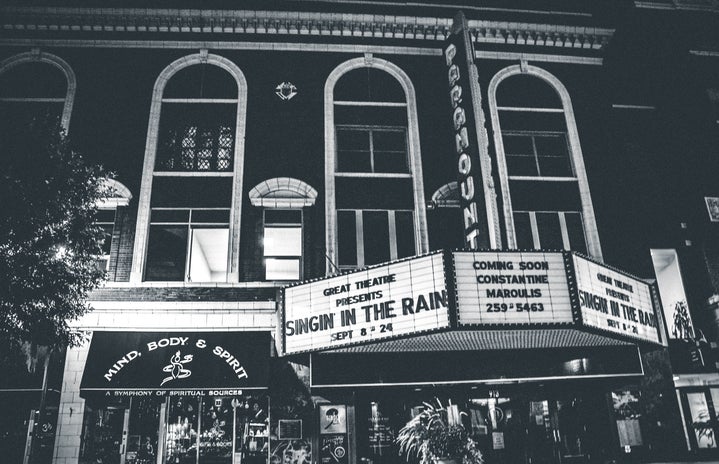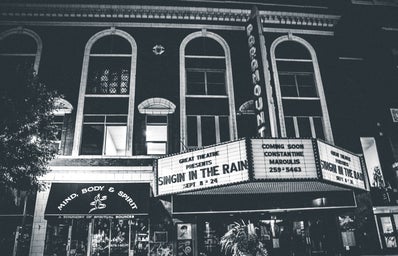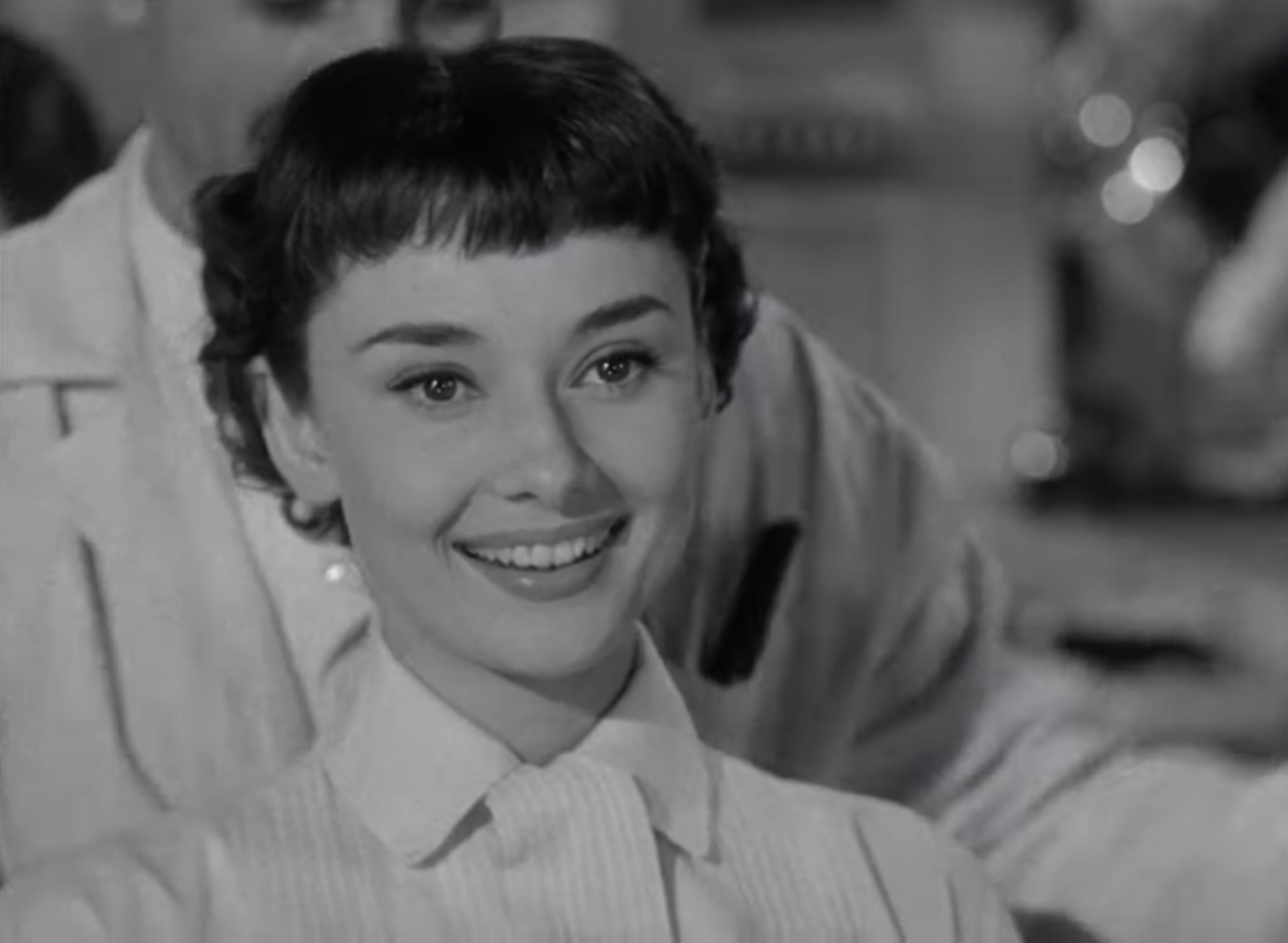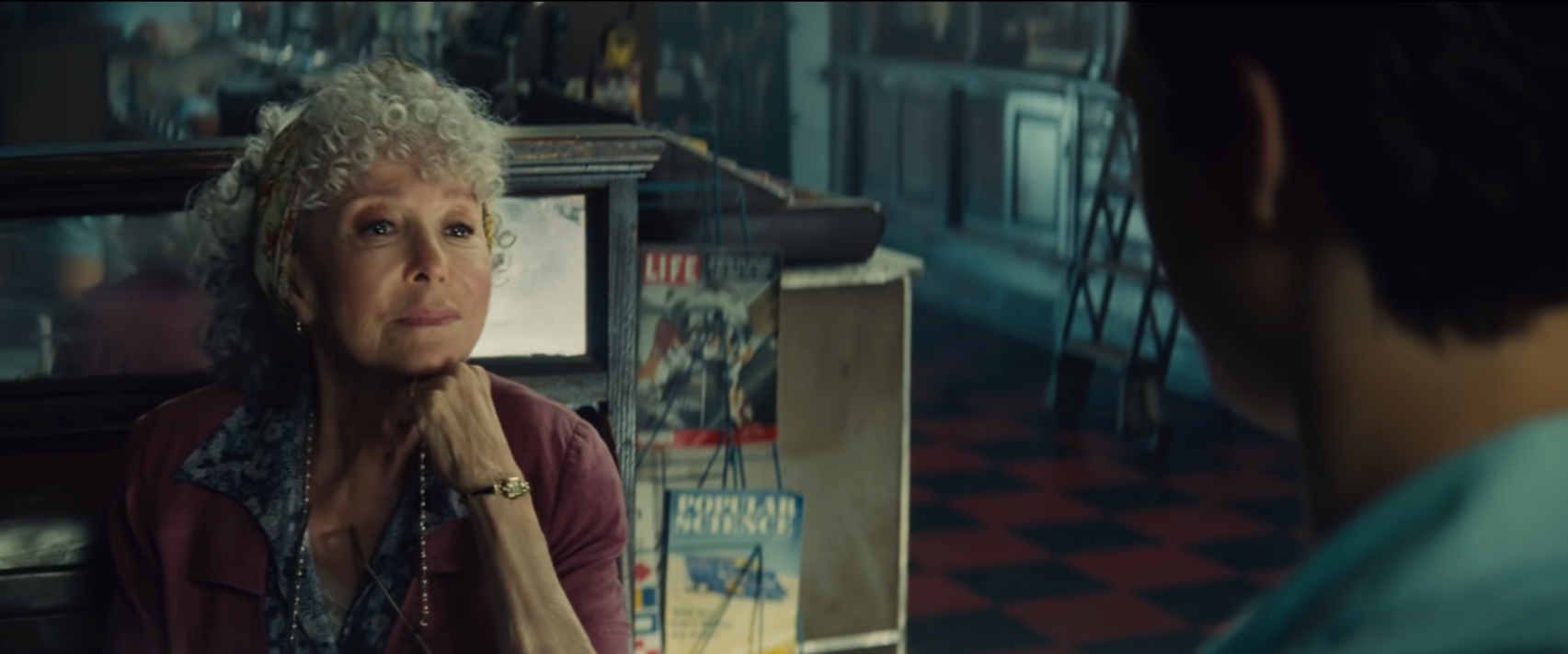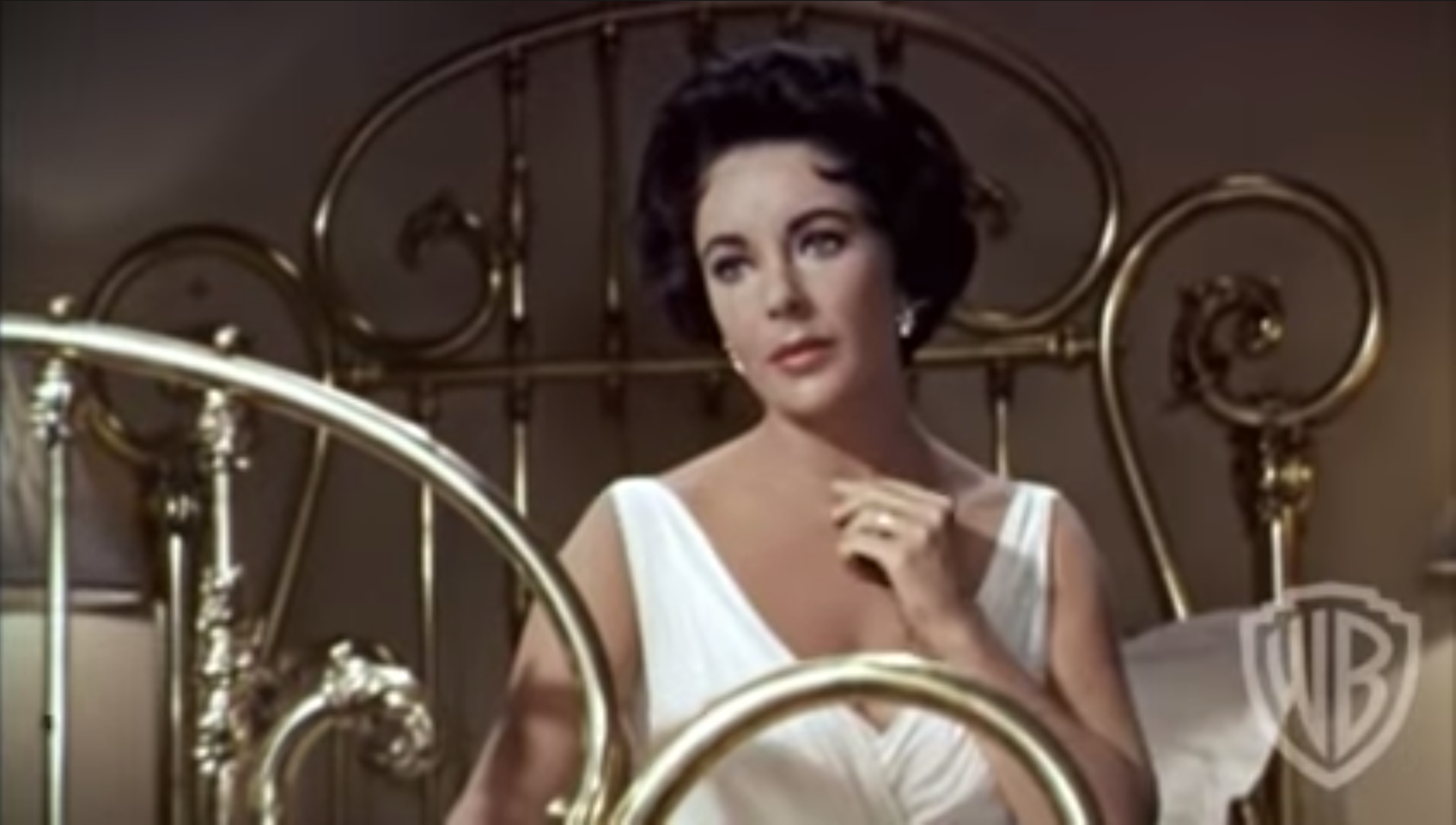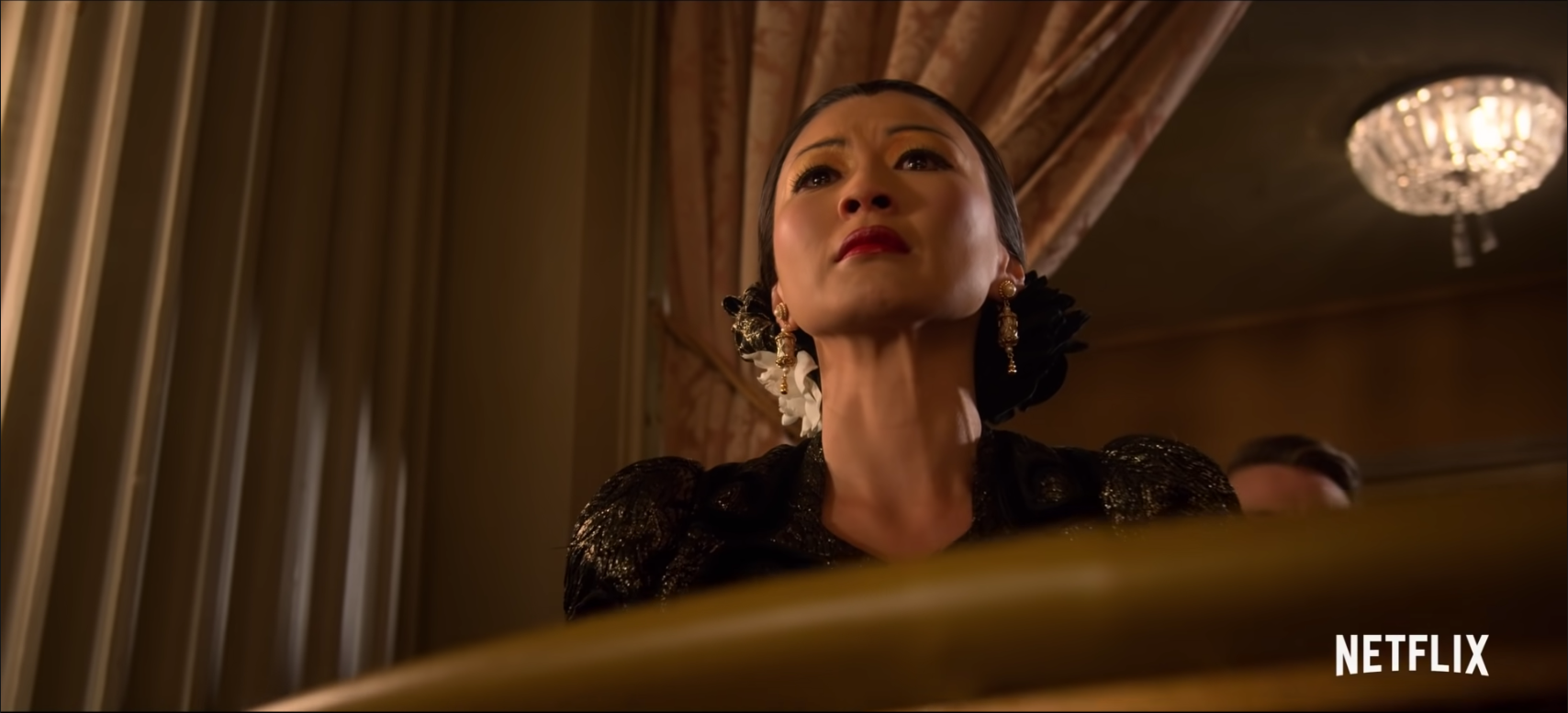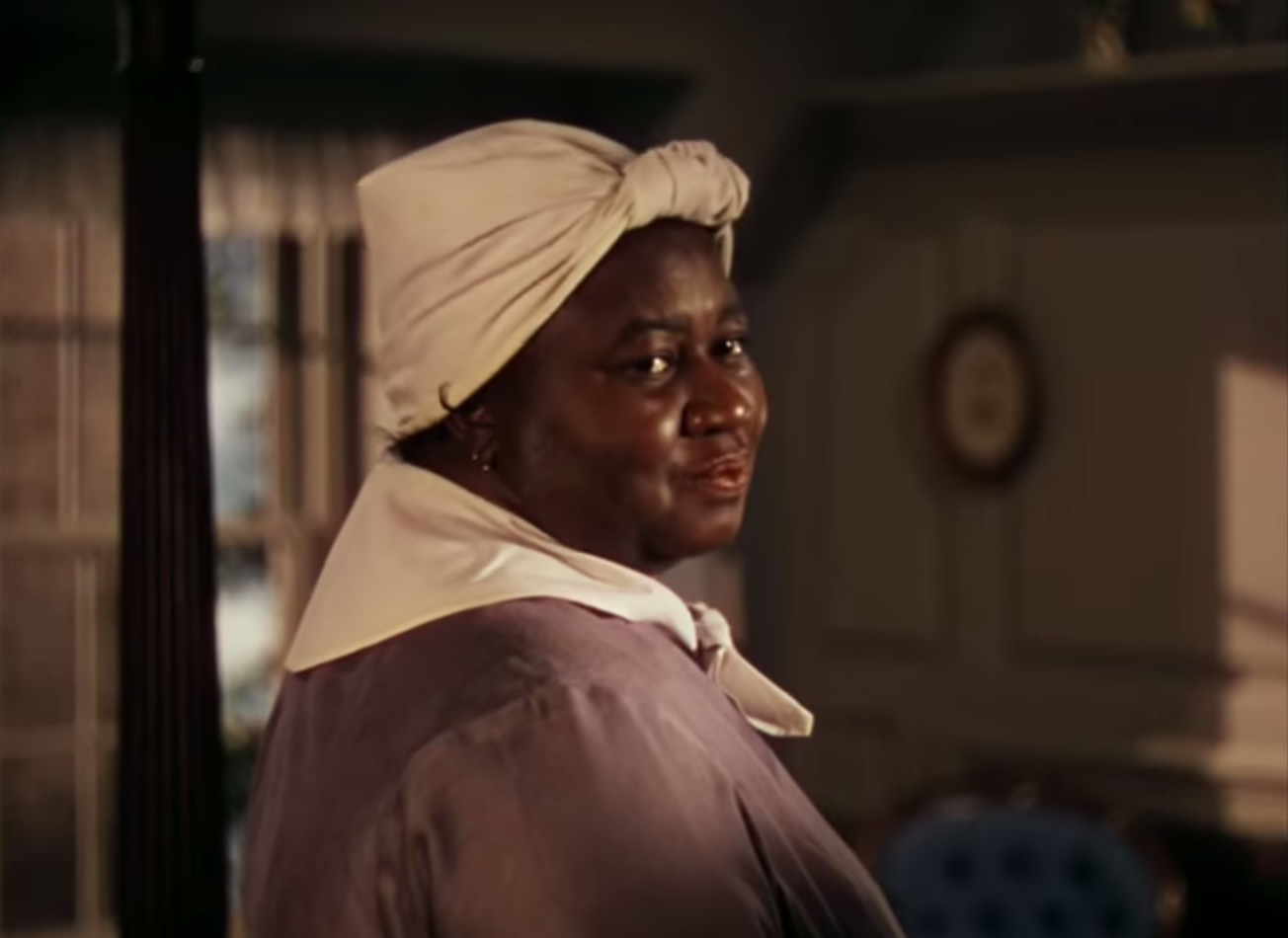“Hooray for Hollywood!” There’s no doubt that the 1920s-60s were a pivotal moment for cinematic history, where some of the greatest stars of its generation emerged and paved the way for future entertainers. I’m talking about the Golden Hollywood era, the period when timeless films were produced and talked about for years to come.
While great actors of the time such as Gene Kelly, James Dean, Fred Astaire, and James Stewart, to name a few, swooned audiences with their talent and charisma, there were also a great number of actresses who not only shined on-screen, but contributed more off-screen to push boundaries, made Hollywood more inclusive and progressive, and benefited important social causes.
As someone who still enjoys watching older films playing on the TCM channel, I’ve grown to appreciate the talent and influence that these actresses have showcased throughout their time. I’d like to highlight a few actresses whose accomplishments left a great mark on Hollywood and have inspired future performers to follow in their footsteps.
Audrey Hepburn
It isn’t difficult to recognize Audrey Hepburn in any of her films. She always knew how to make a fashion statement, most notably in her black party gown and tiara she dons as Holly Golightly in Breakfast at Tiffany’s. Many of her other famous roles include the runaway Princess Ann in Roman Holiday (in which she won an Oscar for Best Actress), the title character in Sabrina, and flower girl turned socialite Eliza Doolittle in My Fair Lady.
Not only was she known throughout the film industry for being a fashion icon at the time, but she was also well known for her charitable work. In 1989, she became a UNICEF ambassador after taking a break from acting, where she spent her final years advocating for children’s rights in many third-world countries and promoting UNICEF’s work. In 1992, Hepburn received the Presidential Medal of Freedom and continued her work with UNICEF while also battling cancer at the time.
If there’s anything else that Audrey Hepburn was widely known for besides her iconic films and style, it was her never-ending kindness and generosity towards everyone that she came across. Many of her initiatives can inspire others to enable that same generous spirit that she had, both as an actress and humanitarian. As Hepburn once quoted: “The best thing to hold onto in life is each other.”
Rita Moreno
Last December, the revival of the famous musical West Side Story, directed by Steven Spielberg, was released in theatres after being pushed back due to the COVID-19 pandemic. While it brought a new generation of actors to play its well-known characters, a new character was introduced and played by none other than Rita Moreno, who’s well known for her portrayal as Anita in the original West Side Story film from 1961.
Moreno has had a long-lasting career in the entertainment industry, starring in other well-known musical films of the Golden Hollywood era such as Singin’ in the Rain and The King and I.
She has also won an Emmy, a Grammy, an Oscar, and a Tony for her work, and is one of the few actors out there to have received all of these achievements. By winning an Oscar for Best Supporting Actress in 1961’s West Side Story, Moreno also became the first Latina actress to ever receive such an honour. And like Hepburn, she was also awarded the Presidential Medal of Freedom for her efforts.
“When I started out, I wanted to be an actress in the movies. I wanted to be a star. That’s all I wanted out of life from the time I was five. Legacy is not something I associate with myself and I never related to it,” Moreno stated in an interview with Town and Country Magazine.
Currently, at the age of 90, Moreno is still going strong in the film industry. She was offered to play the role of Valentina, who would replace the role of Doc in Spielberg’s West Side Story. In addition to her new character and a feature song, Moreno was also an executive producer of the film. She is truly an icon and still continues to dazzle audiences to this day.
Elizabeth taylor
Elizabeth Taylor was no doubt an unforgettable starlet during the 1950s and 60s. Some of her most well-known films include Cleopatra, Cat on a Hot Tin Roof, and Butterfield 8, in which she won an Academy Award for Best Actress.
She was also known for having eight husbands throughout her life and served as inspiration for the title character of Taylor Jenkins Reid’s best-selling novel, The Seven Husbands of Evelyn Hugo.
As she got older, Taylor decided to dedicate her time to raising money for AIDS and HIV research and was one of the first major film stars of the time to do so.
As someone who was frustrated that this issue wasn’t receiving as much attention or help as it should’ve been, Taylor believed she could spark a change. In an interview with Vanity Fair, she said, “I decided that with my name I could open certain doors, that I was a commodity in myself—and I’m not talking as an actress. I could take the fame I’d resented and tried to get away from for so many years—but you can never get away from it—and use it to do some good.”
Taylor personally knew many people who were suffering from the disease, including her friend and former co-star Rock Hudson, whose announcement of having AIDS shocked the world.
In 1984, she organized the “Commitment to Life Dinner” event, which was held to help raise funds for the cause. Eventually, she also became the founding national chairman of the National AIDS Research Foundation. Later on, Taylor would go on to found her own foundation, the Elizabeth Taylor AIDS Foundation, which she decided to dedicate to raising awareness about the disease and educating others about it.
Anna May Wong
In the Netflix Original limited series Hollywood, creators Ryan Murphy and Ian Brennan decided to take the story of Golden Hollywood and give it a fictionalized twist by allowing actors and actresses who were often looked down on because of their race and sexuality to be celebrated instead.
Among those actresses who were featured in the series was Anna May Wong, who made cinematic history by becoming the first major Asian-American actress. In the series, Wong is portrayed by actress Michelle Krusiec.
Wong started acting at the age of 14, and by the time she turned 17, she scored her first lead role in the 1922 film The Toll of the Sea. Some of her other breakout films included Shanghai Express and The Thief of Bagdad (1924), however, she was cast in stereotypical “exoticized Asian woman” roles at the time, according to Harper Bazaar. Wong was frustrated that she was being perceived in this way in her films while other Asian roles were being passed on to white actresses who would wear yellowface.
Wong expressed her frustration in an interview with the Los Angeles Times by saying, “I was so tired of the parts I had to play. Why is it that the screen Chinese is nearly always the villain of the piece, and so cruel a villain—murderous, treacherous, a snake in the grass. We are not like that.”
However, in 1951, Wong became the first Asian-American lead actress in a television series called The Gallery of Madam Liu-Tsong. This would be one of her last major roles before her death in 1961.
In celebration of her achievements and breakout in the film industry, Wong will be featured in the 2022 American Women Quarters™ Program.
Hattie Mcdaniel
Hattie McDaniel is widely known for her portrayal as Mammy in Gone With the Wind, the 1939 epic drama film set throughout the American Civil War. This role led her to win an Oscar for Best Supporting Actress the next year, becoming the first African-American to ever receive such a distinction. This achievement undoubtedly broke barriers for people of colour in the film industry and is considered one of the most pivotal moments of the Oscar Award’s history.
When going up to receive her Oscar award, McDaniel had supposedly decided to come up with her own acceptance speech with the help of one of her friends, compared to one that was prepared for her by Gone With the Wind‘s producer David O. Selznick.
Onstage, she told the crowd and those who tuned in that night, “It has made me feel very, very humble, and I shall always hold it as a beacon for anything I may be able to do in the future. I sincerely hope I shall always be a credit to my race and to the motion picture industry.”
McDaniel’s Oscar Award was given to Howard University after she passed away, as per her request. Unfortunately, it was deemed missing years later, and to this day, it still hasn’t been found.
Prior to Gone With the Wind, McDaniel had many gigs, such as performing with her sisters, the Florenz Ziegfeld touring company, and even became an overnight sensation while performing at Sam Pick’s Suburban Inn. She later took on other film roles where she had to play stereotypical maid and servant roles of the time. However, McDaniel took on these roles by being more “opinionated and defiant,” according to Entertainment Weekly.
McDaniel made another historical achievement in the entertainment industry in 1947 when she became the first Black actor to star in their own radio show. In the Netflix series Hollywood, she is also featured in the series along with Anna May Wong and is portrayed by Queen Latifah.
There are countless other actresses of this era who made their mark in cinematic history and contributed to great causes besides the five here mentioned here, so it’s important to recognize the achievements they’ve made in making Hollywood a more inclusive industry and in giving back to the greater good. During a time when they had to face great obstacles to be seen and make a statement in this industry, it’s truly inspiring to see how they persevered and have now left a great mark on the future of Hollywood.
